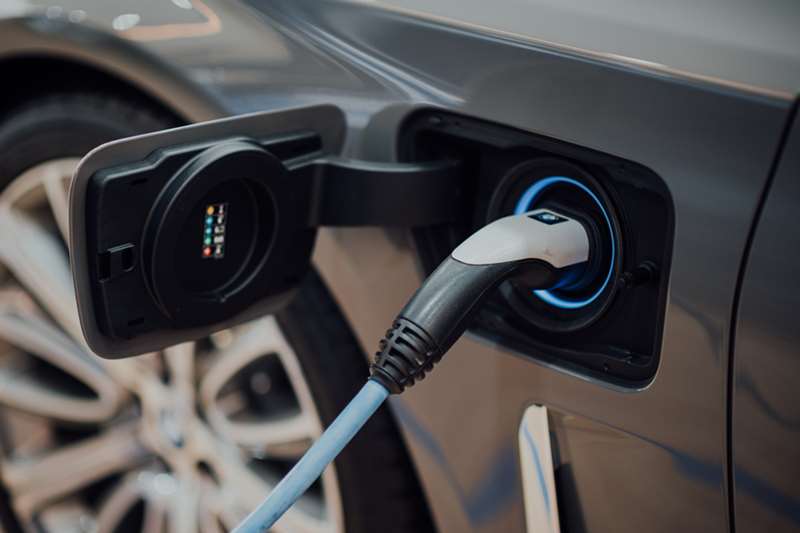New Zealand's EV infrastructure is improving all the time, but is still not matched to the capabilities and demands of the new generation of extended-range electric vehicles.
Such vehicles — those capable of covering 250km or more on a single charge — typically have a battery capacity of somewhere between 50kWh and 100kWh. To bring such batteries up to a reasonable level of charge in a reasonable level of time requires, as a minimum, a 50kWh DC rapid charger.
Oamaru and Palmerston excepted, the network of such chargers is now adequate along State Highway 1 either side of Dunedin and into Central Otago. However, there are still a few pitfalls to be aware of.
Timaru’s rapid charger is a case in point: it is located near big-box stores and a supermarket just to the south of the town centre. Once you crack the awkward reverse in to use the facility, there is a nearby cafe, and shops to pass the time so long as you are there during retail hours, But, as my partner aptly observed, it is not the sort of place a woman travelling on her own would care to spend an hour recharging a vehicle after dark.
Timaru’s rapid charger did have a couple of things going for it though. Firstly, it was not being used either time I needed it. Secondly, unlike some chargers which are capped to provide a maximum 80% top-up, it was configured to fully recharge the EQC’s battery to 100% of capacity.
Queues for rapid chargers, and an 80% top-up cap, caused headaches in Christchurch when trying to get the EQC fully topped up for the drive back to Dunedin. The upshot of that being that it took a total of four hours and visits to two 50kWh rapid chargers and a much slower (but uncapped) AC charger in a supermarket car park to get the EQC fully juiced for the run home.
Some judgement was required around the ‘‘splash-and-dash’’ recharge in Timaru on the way home, too. I gave the EQC under half an hour plugged-in. This cut things fine enough to cause the car, when cresting the northern motorway, to enter low-power emergency mode when the range dropped to 30km. Fortunately, due to the wonders of regenerative braking, the range was back to 38km by the time the EQC made it to the bottom of Pine Hill.
I hasten to add that all this concern about range, charging rates and charge times is really only an issue when undertaking major trips. For day-to-day motoring around town (and some reasonable forays beyond city limits), keeping an electric vehicle adequately charged is not a big deal at all.
Browse our full range of Electric and Hybrid vehicles here.
David Thomson





